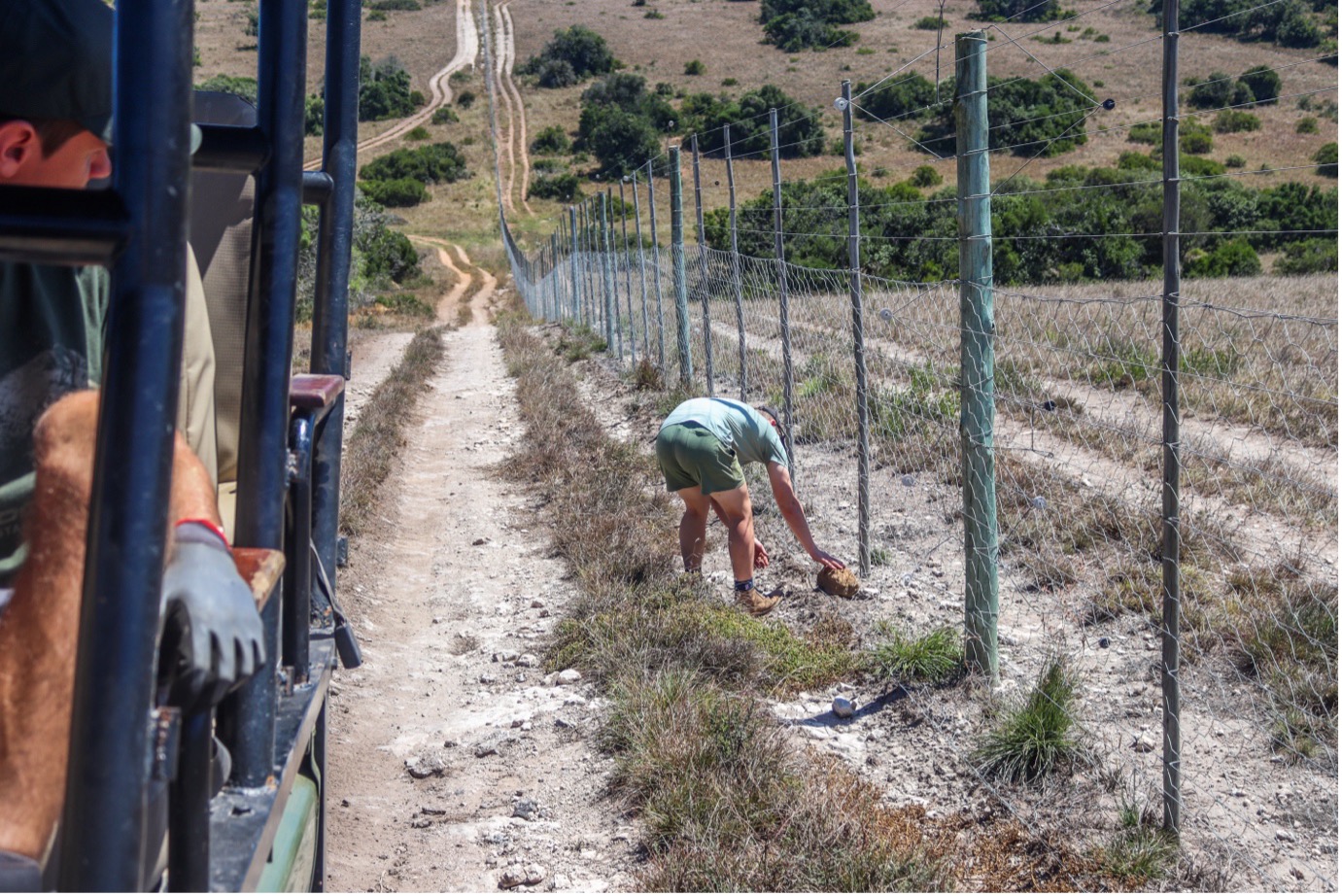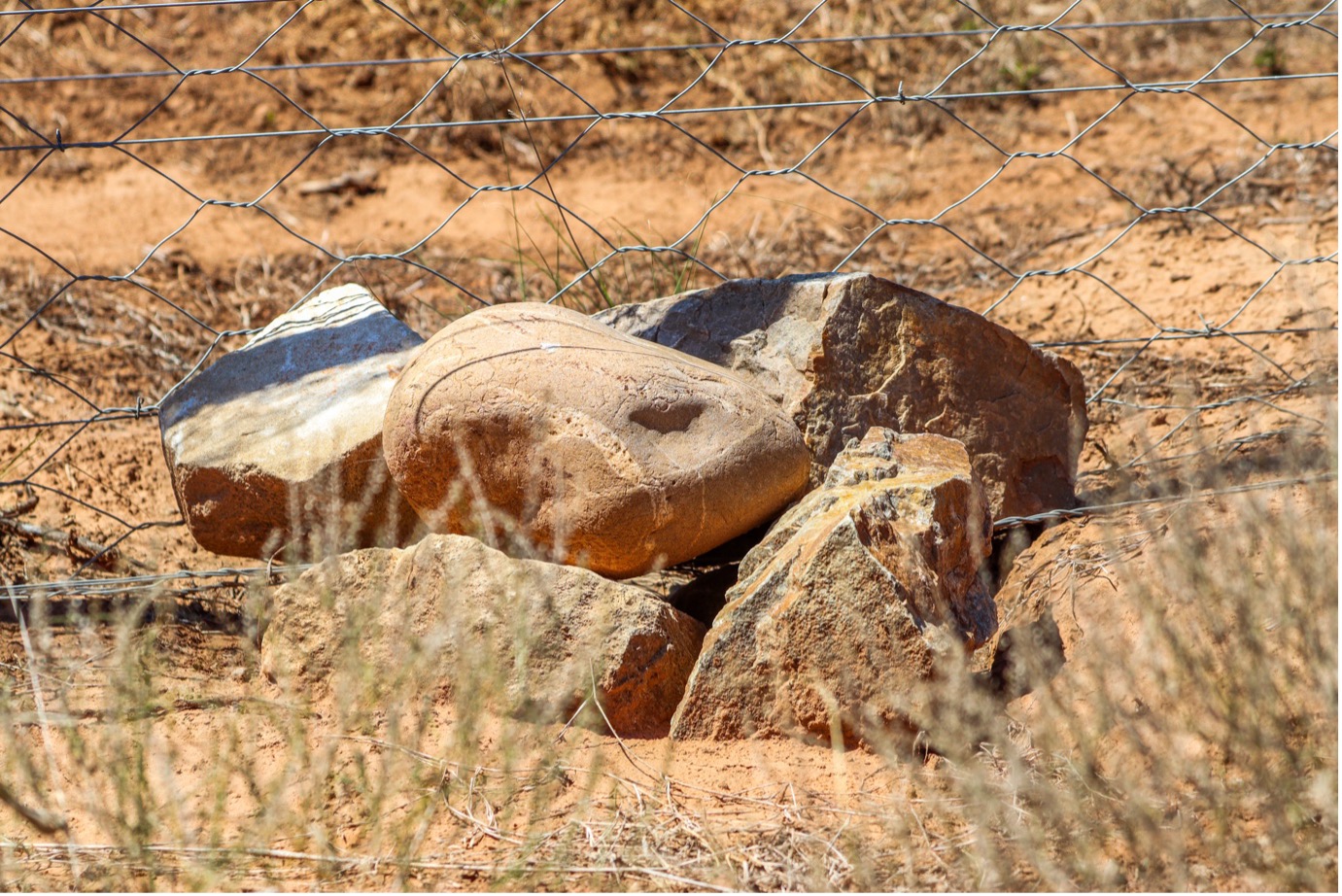By Abigail Van der Hoven
Shamwari Private Game Reserve has prioritised and pushed the conservation of its area since it was founded. Shamwari, translating to the word “friends”, highlights the importance of establishing a balanced respect between all living things.
Conservation is a state of harmony between men and land – Aldo Leopold.

Established in 1992, Shamwari Private Game Reserve was born with the purpose of conserving the land, its wildlife and ecosystems. The area, located off the coast of the Eastern Cape, covers 22,000 hectares of land and is home to 5 of South Africa’s 7 biomes. To put this into perspective, the size of a professional rugby field equates to 1.008 hectares, meaning you could fit roughly 22,000 professional rugby fields within the boundaries of the reserve. The word ‘Shamwari’ translates to the Shona word ‘friends’. This ties nicely into their conservation philosophy, which results in guests and staff members contributing to the conservation of the reserve. There is a dedicated team of staff whose primary focus lies with conservation. The guests contribute by going to the reserve. A portion of the fees that they pay goes towards Shamwari’s non-income generating departments, such as the conservation department and anti-poaching unit. Being labelled a 5-star game reserve is no easy achievement. Shamwari offers a wide range of activities, and beautiful lodges that blend with their direct environments and offer high-quality service. They recently reached 30 years of conservation work in 2022. All elements combined contribute to their respected reputation.

While many have experienced the public-facing side of the reserve, the activities, game drives, lodges, and so forth, not all are aware of the extent to which the conservation project undergoes. The welfare of animals is ensured through the Born Free Big Cat Sanctuary, the Wildlife Rehab Centre, the Vulpro @Shamwari programme and the monitoring of the Big 5. For further protection and security, the reserve has an on-site Anti-Poaching unit. Relationships with the local communities, mainly Alicedale and Paterson, hold value to Shamwari. Lastly, a Conservation experience which allows volunteers to help on the reserve is offered.

In 2022, Shamwari and their partner, Born Free Foundation, celebrated the 25th year of their Born Free Big Cat Sanctuaries. This sanctuary and rescue centre mainly inhabits rescued lions and leopards of the big cat species. The centre also educates people on the importance of conservation. It is important to note that these sanctuaries do not act as zoos to show off the big cats to guests. The animals have been rescued from less-than-ideal situations and brought to the sanctuary to ensure the conservation of their species. The sanctuary aims to show guests how to humanely care for the welfare of the animals.

Shamwari’s Wildlife Rehab Centre aims to care for and rehabilitate animals who are orphaned or injured from all over the Eastern Cape. Once their veterinary team has nursed the animals back to health, they are released. The primary goal of the centre is to heal and release the animals back to their natural habitat.

Shamwari partnered with Vulpro with the goal of conserving the rapidly declining vulture species. They have four enclosures; one that accommodates disabled cultures, two that encourage breeding, and the last acts as the pre-release enclosure. Shamwari aims to aid Vulpro in preventing the slow extinction of certain breeds of vultures.

The anti-poaching unit entails various forms of patrolling and surveillance: vehicle and fence patrolling, drone surveillance, and tracking dogs. This proves to be an expensive endeavour, but Shamwari’s commitment to conservation and the protection of their animals is prioritised. Additionally, there is a rule in place that game rangers are not allowed to radio in Rhino sightings past 1 pm as they would like to ensure the animals are given adequate time to move from where they were last reported sighted (in the morning). This makes it more difficult for poachers to track them.

Shamwari offers a Conservation Experience in which people pay to join the programme as volunteers to participate in the behind-the-scenes conservation efforts. Nearly all of these volunteers are foreigners; most come from England and France, and a smaller fraction from other countries in Europe, South America and North America. With roughly 700 volunteers a year, this experience proves to be quite popular; the 700 are made up of a mix of students, volunteers and South African day groups. When I was there, I joined three volunteer experiences, each from the UK, France and Italy. In this experience, the volunteers are taught how to track, identify and monitor animals, help with bush clearing and fence fixing, and aid with community projects.

Volunteers are taught the basics of tracking. They learn to look at tracks on the ground or animal excretion as a sign of how recently the animal was in the area. They are taught about different types of animals, ranging from birds to The Big 5. When driving around the reserve, the conservation guides will stop and show the volunteers the different animals, giving the necessary information specific to the animal they are seeing.

Monitoring animals is a challenging yet rewarding task. While I was there, the two animals we monitored were elephants and brown hyenas. We attempted to find rhino and cheetah but were unsuccessful. Elephants are large animals, however this does not making tracking and finding them as easy as one would think. Each elephant has a name and an estimated age. In a monitoring booklet, there are sketches of each elephant’s head, indicating prominent features that set them apart and assist with easy identification; examples being a cut in their ear, the length and direction of their tusks, and so forth. Once located, the volunteers and conservation guides refer to their books to identify who might be in the herd they have found. Adding any additional features that have appeared since they were last monitored.

The monitoring of the brown hyenas is done differently. The conservation guides have cameras set up at the entrances of the hyena’s dens. They watch the videos captured by these cameras, observing behaviours, movements, etc. Myself and the volunteers went with three of the conservation guides to one of the dens to retrieve the SD card in the camera and replace it with a new one. While there, we were taught all the necessary information about their species, shown the bones from their food outside of their den and shown both entrances to the particular den we were at.

Conservation does not only entail different forms of interaction with the animals on the reserve. It also includes the maintenance of the reserve itself. The boundaries of the reserve are equipped with high-voltage electric fences to ensure animals stay inside. However, smaller animals, such as warthogs and jackals, are able to burrow underneath the fence and escape. The conservation guides are in charge of ensuring this does not happen. First they collect large rocks from around the reserve, loading them up in their vehicles. Driving closely along the fences, they check for any sections that are beginning to lift, have been lifted and/or have burrowed holes. If there are any areas they are unhappy with, they block the potential escape routes with the large rocks they have gathered. Bush clearing is another activity they carry out. This involves clearing vegetation that is protruding into the dirt roads and could damage vehicles or injure guests. Additionally, they clear any alien vegetation that is growing on the reserve. This is done to ensure that the indigenous plants are able to thrive.

The volunteers are encouraged to bring any clothing that they would like to donate. These clothes are accumulated and once a month sold at the nearby townships, Alicedale or Patterson, for reasonable prices. The money raised goes back into the township, creating a full circle. For example, to buy food for soup kitchens, supplies to fix specific things at one of the local schools, and food and nappies for an orphanage. When I was with the volunteers and conservation guides, we went to Alicedale. A total of R2500 was raised. The community projects are self-funded; any funds are either raised by the conservation guides or from donations made.

Being able to experience a piece of the conservation project through the Shamwari Conservation Experience was an eye-opener. I have been unaware of all that occurs to ensure conservation, even though it has been under my nose the whole time. There is so much to experience, and I now have a full understanding of why individuals would pay to be a part of the process.
Should you wish to get in contact with the Shamwari Conservation Experience, you can do so using sce.manager@shamwari.com or +27 78 107 4143.






